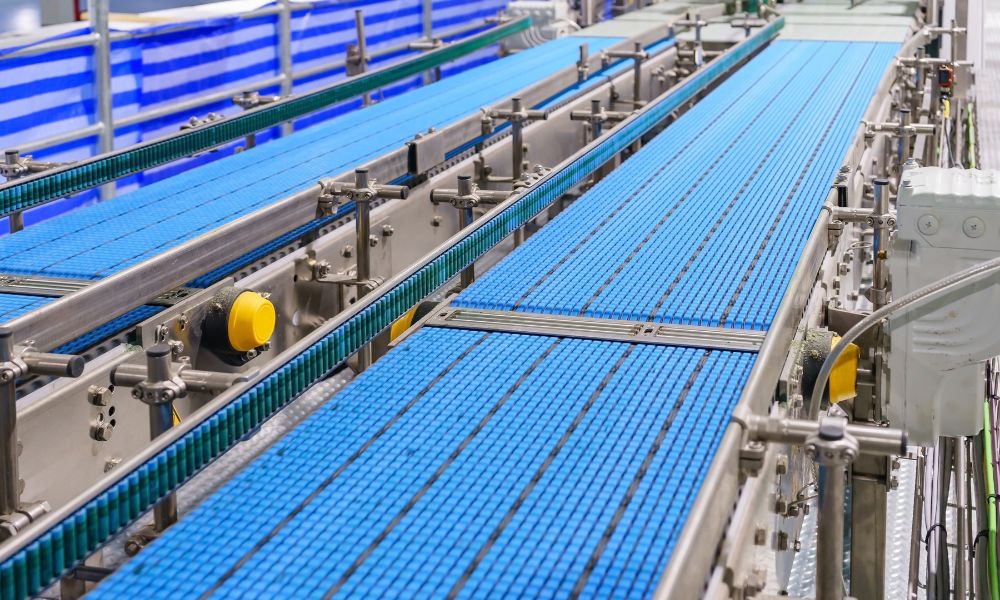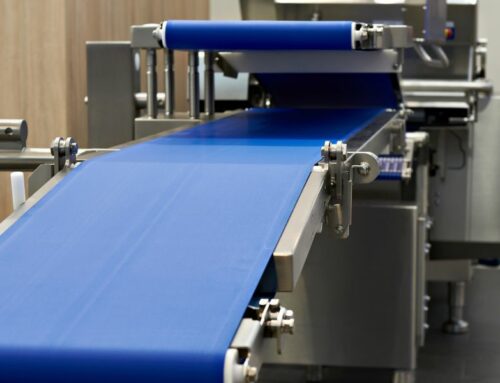
Replacing a conveyor belt can be extremely disruptive to warehouse operations; after all, you must shut down the conveyor while the belt is being replaced. This means your facility will see a decrease in efficiency for anywhere from one to four hours while the old belt is removed and the new one is installed.
However, it is far less disruptive to perform scheduled maintenance than to have the conveyor belt break while in use. Using a failing conveyor belt means risking damage or injury to employees, products, and company property. This is why it’s so important to know when to replace your conveyor belt.
Cracks, Scrapes, or Scarring
To check for signs of damage, you’ll need to inspect the surface and edges of your conveyor belt. If you see any cracks, deep longitudinal scarring, or scrapes, you may need to replace your belt. Scrapes can worsen over time and cause tears, so keep an eye on any damages you find, even if they appear minimal.
Certain industries must follow much stricter sanitary standards than others. For instance, the food processing industry must maintain higher cleanliness standards than the shipping industry. Cracks and scarring can be a risk for contamination, as those cracks can no longer be effectively cleaned. If you’re in an industry with higher sanitary standards, you’ll need to keep this in mind when deciding when to replace your conveyor belt.
Discoloration
Belt discoloration is an indicator that the belt’s surface is wearing down due to age and the chemicals used to clean it. Particles from a belt that is breaking down can seep into any products that come into contact with it.
It’s Past Its Recommended Lifespan
The best way to know when to replace your conveyor belt is to check its recommended lifespan. Each conveyor belt will note a recommended year when it should be replaced. You should track the installation date of each conveyor belt in your facility so that you know when it is time to replace the belts.
If you’re tired of frequently replacing your conveyors due to damage, consider investing in a heavy-duty conveyor belt. Our Redline cleated conveyor belts are designed to move tough loads without breaking down. If you’d like to know more, check out our website or contact us.



